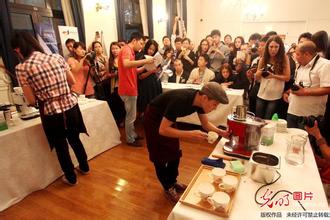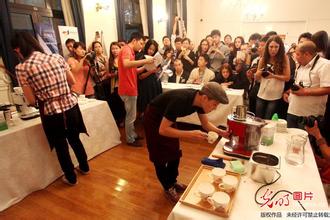Introduction of taste treatment method of grinding scale for flavor description of coffee beans in Papua New Guinea
Papua New Guinea coffee bean flavor description grinding scale taste treatment introduction
Papua New Guinea pure natural high quality coffee, lively and varied flavor, full particles of light acidity, sweet and round taste, a variety of taste
Place of Origin: Papua New Guinea
Women in Papua New Guinea are subjected to brutal domestic violence. In traditional culture, women have always been regarded as the private property of men, can be beaten and scolded at will; and after marriage, they do not live together and sleep with their wives at night. Although the introduction of modern civilization allowed couples there to learn to live together, they never learned how to get along. Besides, the men idled and cared about appearance; the women farmed and supported the family and bore all the burden. Some anthropologists believe that this custom stems from the imitation of birds of paradise (birds of paradise, local specialties). Male birds have beautiful feathers, female birds are not beautiful, responsible for laying eggs)
Altitude: 1300 m-1900 m
Processing method: washing
Grade: AX
Varieties: Arusha, Bourbon, Typica, Caturra, Catimor
Degree of baking: CITY
Flavors: roasted almonds, dark chocolate, plums, caramel, cherries, sweet
(1) Flavor characteristics
Robusta coffee, commonly known as thick beans, usually has a plain, rigid flavor. The flavor difference between different regions and different climates is not too big. When it is not roasted, it smells like raw peanuts. After roasting, it usually tastes between wheat tea flavor (medium and light roasting) and rubber tire flavor (deep roasting). It is difficult to show detailed flavor.
(2) Market value and use
Robusta coffee is usually used for instant coffee and canned coffee because of its low cost. A few of the better quality Robusta coffees are also used in blending (mixing with Arabica coffee) out of espresso beans. In addition, Robusta coffee contains about twice as much caffeine as Arabica coffee, which is why drinking canned coffee is more likely to cause palpitations and insomnia.

Important Notice :
前街咖啡 FrontStreet Coffee has moved to new addredd:
FrontStreet Coffee Address: 315,Donghua East Road,GuangZhou
Tel:020 38364473
- Prev

Best cultivation and storage time of coffee beans after roasting
The best cultivation and storage time of coffee beans after roasting from the baking degree, the deeper the roasting degree, the stronger the bitter taste; the lighter the roasting degree, the stronger the sour taste. The choice of baking degree depends on the characteristics of the coffee bean itself. for coffee beans with strong bitterness and light sour taste, they generally choose a moderate and shallow roasting degree. 1. Shallow baking (Light), the lightest fried culture,
- Next

How to match raw coffee beans and cooked coffee beans in the process of growing coffee beans are not cooked in the middle of baking
How to match raw coffee beans with cooked coffee beans? what should we do if the coffee beans are not cooked in the middle of roasting? let's talk about espresso coffee first. it is not a simple jigsaw puzzle game. A certain type of coffee is sour and a certain type of coffee is bitter. Then put it together, the taste is balanced, and the taste is only experienced in the mouth, accounting for only 20% to 30% of the overall coffee taste assessment.
Related
- Guji coffee producing area of Guji, Ethiopia: Humbela, Shakiso, Wulaga
- What is the most expensive variety of Qiloso in BOP multi-variety group?
- How to store the coffee beans bought home?
- Why are Yemeni coffee beans so rare now?
- Ethiopian Sidamo all Red Fruit Sun Sun Santa Vini Coffee beans
- SOE is mostly sour? What does it mean? Is it a single bean? what's the difference between it and Italian blending?
- Is Italian coffee beans suitable for making hand-brewed coffee?
- How to choose coffee beans when making cold coffee? What kind of coffee beans are suitable for making cold coffee?
- Just entered the pit to make coffee, what kind of coffee beans should be chosen?
- Can only Japan buy real Blue Mountain Coffee? What are authentic Jamaican Blue Mountain coffee beans?

